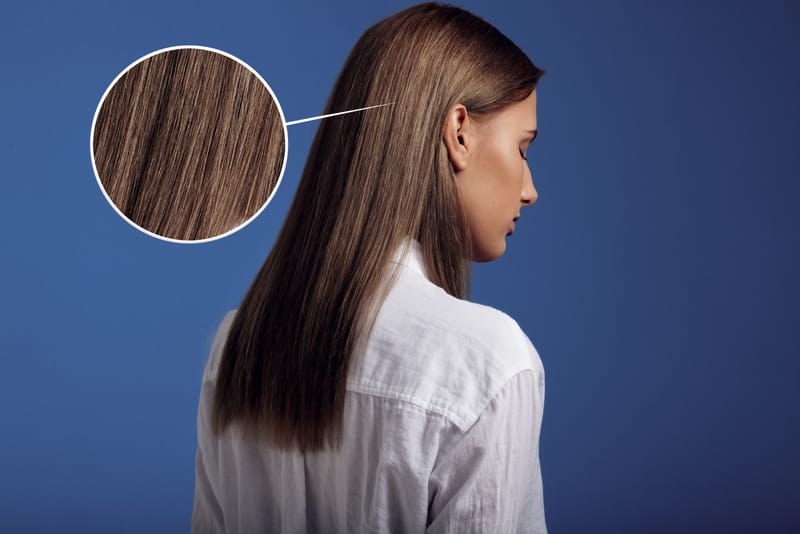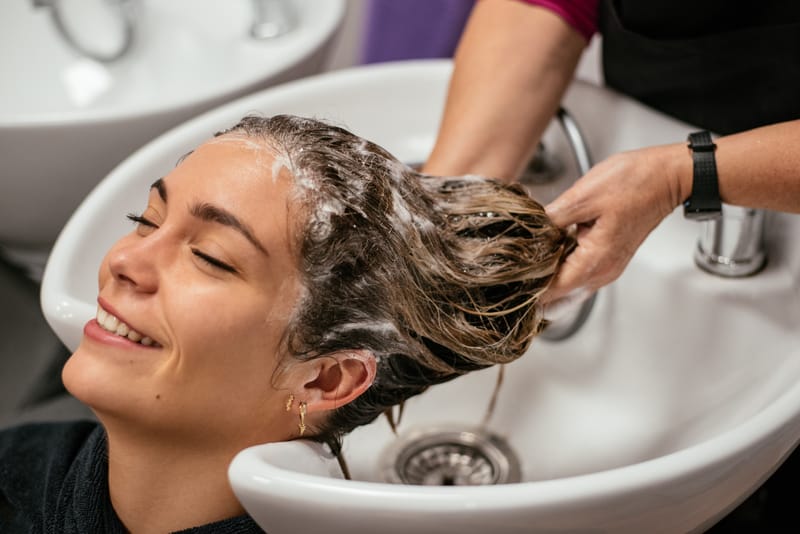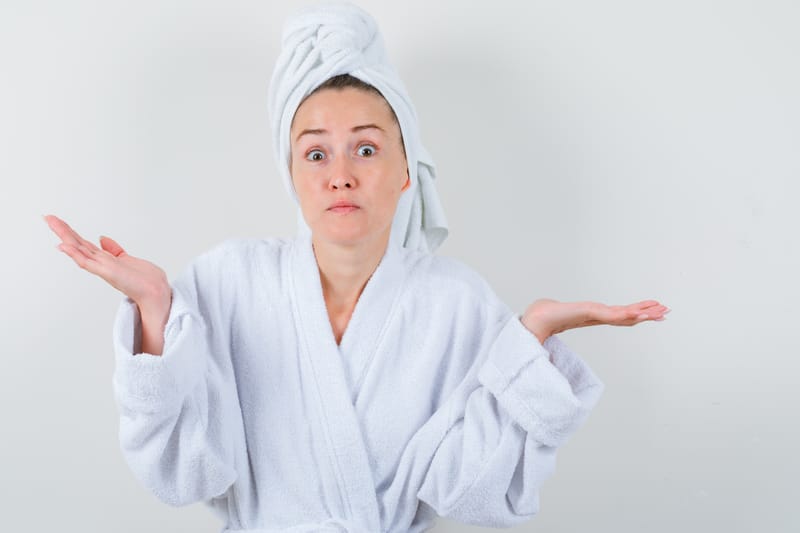How Do I Know If My Hair Needs Bonding? Let's Find Out!
Hair is not just a part of our appearance; it's a reflection of our overall health and well-being. With the increasing exposure to environmental stressors, chemical treatments, and heat styling tools, our hair often needs more than just regular shampooing and conditioning. This is where hair bonding treatments come into play. But how do you know if your hair is in dire need of this rescue operation? Let's dive into the signs that your locks are longing for bonding and how to address them.
Key Takeaways:
- Learn to identify the signs that your hair needs bonding treatment.
- Discover the benefits of incorporating bonding shampoo into your hair care routine.
- Understand the practical steps to rejuvenate and protect your hair through bonding.
Recognizing the Signs of Hair Damage
When your hair starts to feel more like straw than silk, it's sending out an SOS. The first sign that your hair might need bonding is a noticeable change in texture. If your locks have become dry, brittle, and difficult to manage, it's time to consider a bonding treatment. Another telltale sign is an increase in breakage. When you brush your hair and more strands than usual stay on the brush, it's a clear indication that the hair's internal structure is compromised.
The Role of Bonding Treatments
Bonding treatments work by repairing the hair's disulfide bonds, which are often broken during chemical processes or by heat styling. These treatments can significantly reduce hair breakage and restore elasticity, giving your hair a healthier appearance. If you've recently colored your hair, used heat styling tools excessively, or noticed your hair has lost its natural bounce and shine, a bonding treatment could be the solution you're looking for.
The Power of Bonding Shampoo
Incorporating a bonding shampoo into your hair care routine can make a world of difference. These specialized shampoos contain ingredients that help to rebuild and strengthen the hair's bonds. They're particularly beneficial for those who regularly color or bleach their hair, as they can help to maintain the integrity of the hair strands structure post-treatment. When shopping for a bonding shampoo, look for products that are sulfate-free to ensure that your hair isn't stripped of its natural oils.
Hair Care Habits to Adopt
Attention for hair maintenance and a balanced hair care routine needn't be overwhelming. However, apart from using a bonding shampoo, adopting healthy hair care habits is crucial. This includes minimizing the use of heat styling tools, using a heat protectant when you do style your hair, and avoiding harsh chemical treatments. Regular trims are also essential to prevent split ends from traveling up the hair shaft, which can lead to further damage and the need for more intensive bonding treatments.
The Science Behind Hair Bonding
Hair bonding treatments often contain ingredients like bis-aminopropyl diglycol dimaleate, which works to repair and rebuild broken bonds. Understanding the science behind these treatments can help you appreciate their value and encourage you to incorporate them into your hair care regimen. By doing so, you're not just masking the symptoms of damaged hair; you're actively working to restore its health from the inside out with a healthy balance.
When to Seek Professional Help
Sometimes, at-home treatments aren't enough, and that's okay. If your hair is severely damaged, it might be time to visit a hair stylist and seek professional help. A licensed hair stylist can assess the condition of your hair and recommend a salon-grade bonding treatment. These treatments are often more concentrated and can provide more dramatic results than at-home products.
Bonding Treatments and Hair Types
It's important to note that bonding treatments are not one-size-fits-all. Different hair types and textures will respond differently to these treatments. For example, fine hair might only need a lightweight bonding conditioner, while coarser hair might benefit from a more intensive bonding mask. Understanding your hair type is key to choosing the right products and treatments.
The Importance of Consistency
Like any aspect of hair care, consistency is key when it comes to bonding treatments. Regular use of bonding shampoo and treatments can help maintain the strength and resilience of your hair over time. It's not a one-and-done solution; think of it as an ongoing commitment to the health of your hair.
Bonding Treatments vs. Protein Treatments
While bonding treatments focus on repairing the hair's internal structure, protein treatments work by filling in gaps in the hair cuticle. Both have their place in a comprehensive hair care routine, but it's important not to confuse the two. Overuse of protein treatments can lead to protein overload, making the hair stiff and brittle, so it's essential to balance them with bonding treatments.
Home Remedies for Hair Bonding
For those who prefer a more natural approach, there are home remedies that can help improve hair bonding. Ingredients like coconut oil, aloe vera, and avocado can provide some level of repair and nourishment to damaged hair. However, for more severe damage, these natural remedies may not be as effective as specialized bonding treatments.
The Future of Hair Bonding Technology
The hair care industry is constantly evolving, with new technologies and ingredients being developed to improve hair bonding treatments. Staying informed about these advancements can help you make better choices for your hair care routine and ensure that you're using the most effective products available.
Summary
Understanding your hair routine and when your hair needs bonding is crucial for maintaining hair health and vitality. By recognizing the signs of damage, incorporating a bonding shampoo into your hair care routine, and adopting healthy hair habits, you can help restore your hair's strength and elasticity. Remember, consistency is key, and for severe damage, don't hesitate to seek professional help. With the right approach, you can keep your hair looking and feeling its best.
FAQ Section
Q: How often should I use a bonding shampoo? A: It's generally recommended to use a bonding shampoo once or twice a week, depending on the level of damage and your hair care routine. Always follow the instructions on the product label.
Q: Can bonding treatments be used on all hair types? A: Yes, bonding treatments can be beneficial for all hair types, but it's important to choose a product that's suitable for your specific hair texture and condition to maintain hair health.
Q: Are there any side effects to using bonding treatments? A: Bonding treatments are generally safe when used as directed. However, overuse can lead to protein overload, which can make the hair stiff and brittle. It's important to follow the recommended usage and balance bonding treatments with moisturizing products.
For more information about Bonding Shampoo please click the link below!








